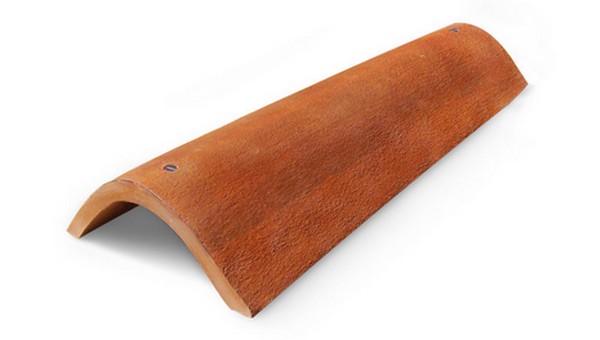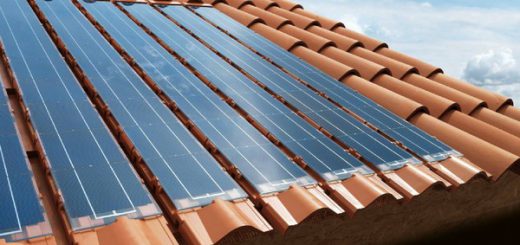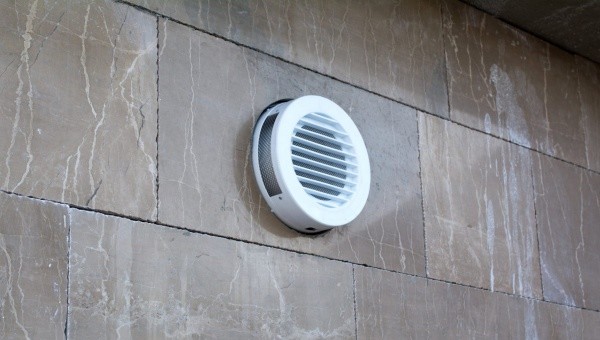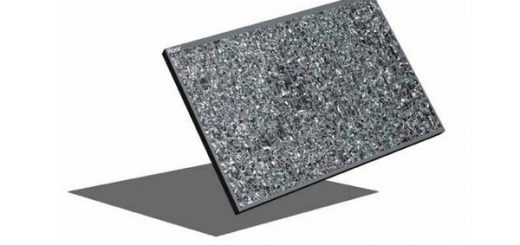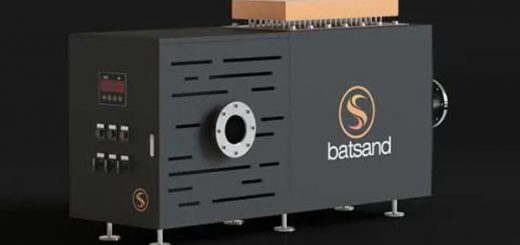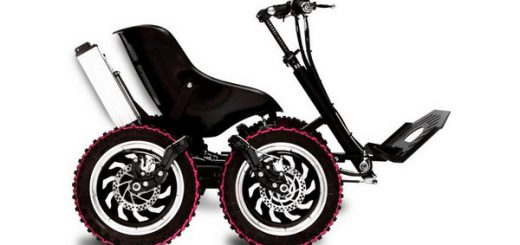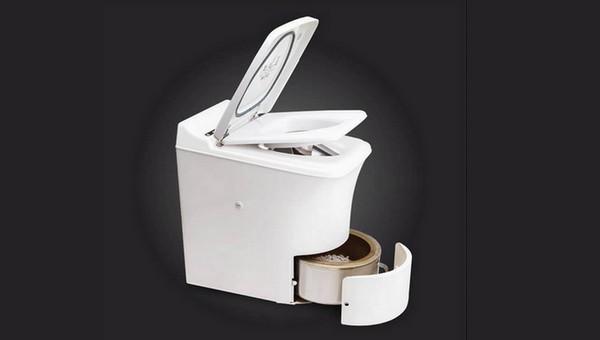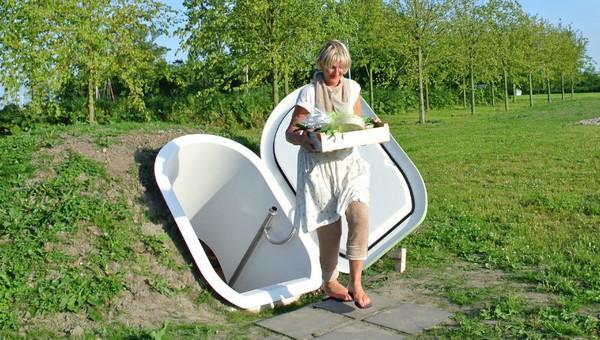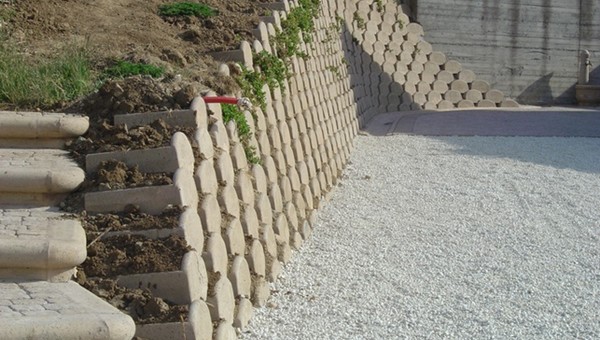Battery Sand for Thermal Storage
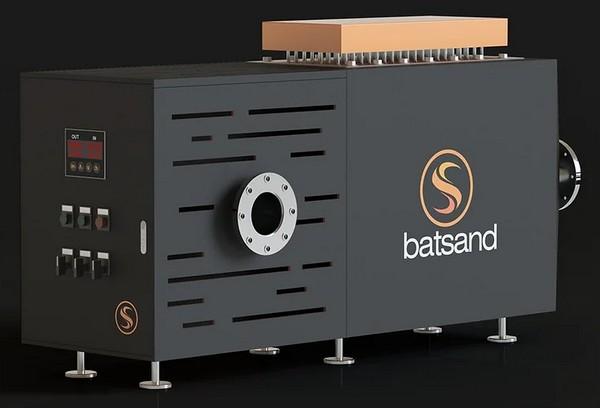
Renewable sources represent a fundamental resource in the sustainable and environmentally friendly energy supply. Solar and wind energy in particular, have had a remarkable development in recent years. The significant advantages over traditional fossil-based energy sources are known and the disadvantages are also known.
The main disadvantage of these energy sources is that they are available depending on the alternation of day and night and weather conditions. These resources are available during the day or in the presence of wind, so any excess production is lost if not stored in some way.
At present the most used energy storage system are the lead or lithium batteries mainly.
In recent years, alternative energy storage systems are being developed, including sand-based thermal energy accumulators.
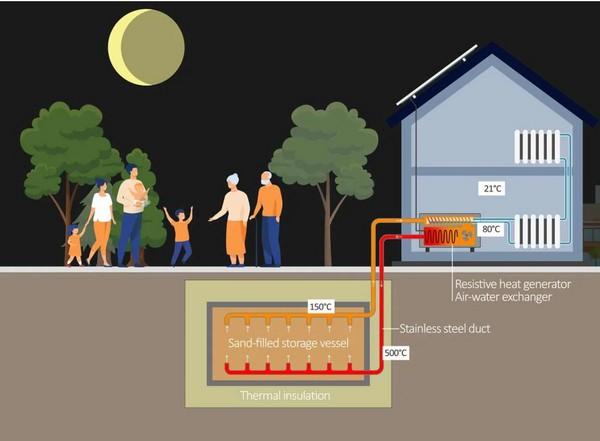
The company Batsand, produces a thermal battery consisting of a heat generator and a container of sand that can be charged during the summer and provide the house or the indoor spaces in general, heating or cooling during the months of demand.
Heating or cooling is generated by the proprietary system and is then conveyed into a sand container (battery) that can be buried in the garden (or placed on the surface). Hot/cold air is then circulated by the system until the sand stores the necessary energy.
When months of demand arrive, air is circulated again to heat or cool the air/water heat exchanger connected to the heating or cooling system of the house.
The Batsand thermal energy storage system consists of 4 main parts:
1. The air heater (Batsand component)
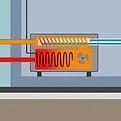
During the summer the resistive heaters bring the air to 500 ºC. The air is then blown into a closed circuit (inlet/outlet) through insulated stainless steel tubes into the sand vessel.
2. Sand container (DIY on Batsand project)
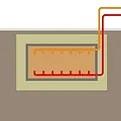
The air at 500 °C arrives at the bottom of the container, circulates and heats the sand. After its energy is transferred to the sand, the air is then extracted and heated again until the tank reaches a stable temperature of 500 ºC.
3. Air/water energy exchanger (Batsand component)
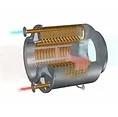
When temperatures require it, air is recirculated by the air/water heat exchanger, heating the water to 70-80 ºC (depending on requirements), hot water is then used in the central heating of the house.
4. Control system (Batsand component)
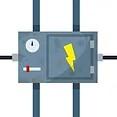
It manages the use of energy according to demand: when the generators (photovoltaic or wind) produce in excess, the system activates the heater to convert the excess electricity into thermal energy and convey it to the accumulators.
Batsand builds storage systems of different sizes depending on the needs of users:
- 14 kW system, for small and medium houses: this type is designed to provide heating to residential buildings from 200 to 500 square meters in function of the thermal efficiency of the building envelope. This system requires a sand container from 40 m3 to 80 m3 placed at a maximum distance of 6 meters from the heating equipment.
- 25 kW system for medium-large houses: this type is designed to provide heating to residential buildings from 400 to 1200 square meters always according to the thermal efficiency of the building envelope.This system requires a sand container from 70m3 to 120m3 (depending on the size of the building) placed at a maximum distance of 8 meters from the heating equipment.
The sand container can be made by the owner of the building, according to Batsand project, it is about having space availability, it can be made of any size, but the larger it is, the more energy can store.
The container can be placed inside the building or buried under the ground, properly insulated, will be able to retain energy for periods of 6-8 months without significant losses.
No special building materials are required, simply products that can be purchased in any DIY store.
(Watch the video)
For prices and further information, visit the website.

